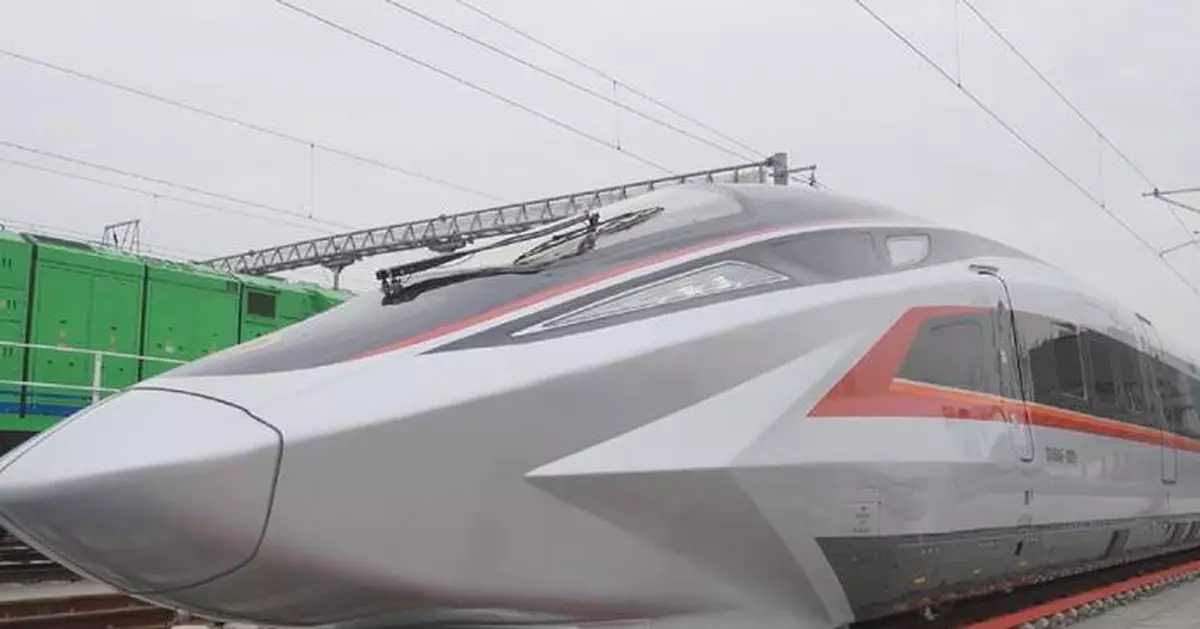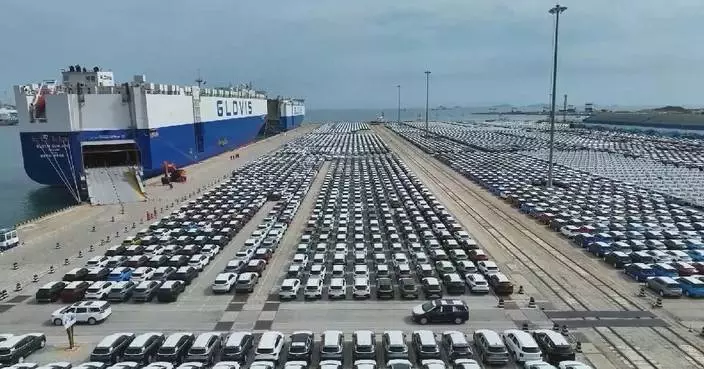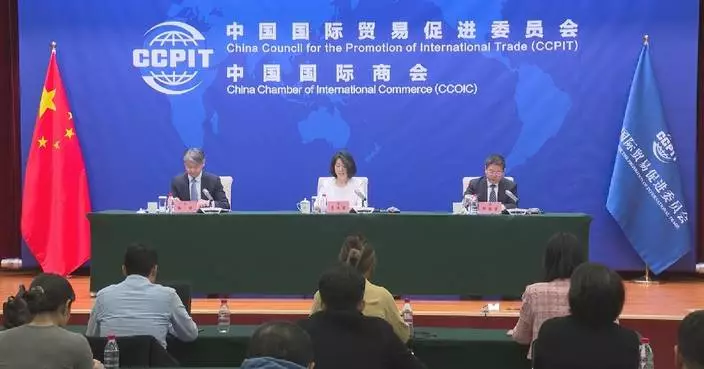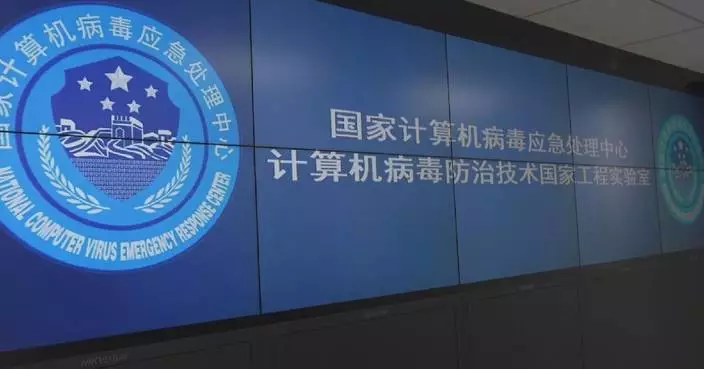A prototype of a new high-speed train that will run at speeds of up to 400 kilometers per hour -- making it the fastest commercial train service in the world -- was unveiled by China's railway operator in Beijing on Sunday.
The electric multiple unit (EMU) CR450 train will further shorten travel times on the country's extensive railway network and represents a step up from the current CR400 Fuxing high-speed trains, which run at maximum speeds of 350 kilometers per hour.
The new train has been clocked at up to 450 kilometers per hour during its testing phase, with key performance indicators, including operational speed, energy consumption, interior noise, and braking distance, all setting a new international benchmark, according to the China Railway group.
The CR450 outperforms the existing EMU trains in multiple areas, with better operation and control, improved safety monitoring, and the ability to conduct intelligent interactions with drivers and provide intelligent services for passengers.
The latest breakthroughs made in the development of the CR450 project will help boost China's railway technological innovation and independence, further strengthening the country's global leadership in high-speed rail technology, according to China Railway.
China has built the world's longest and most advanced high-speed rail network since opening its first high-speed line back in 2008. As of September, the country's high-speed rail network exceeded 46,000 kilometers, accounting for over 70 percent of the global high-speed railway length.
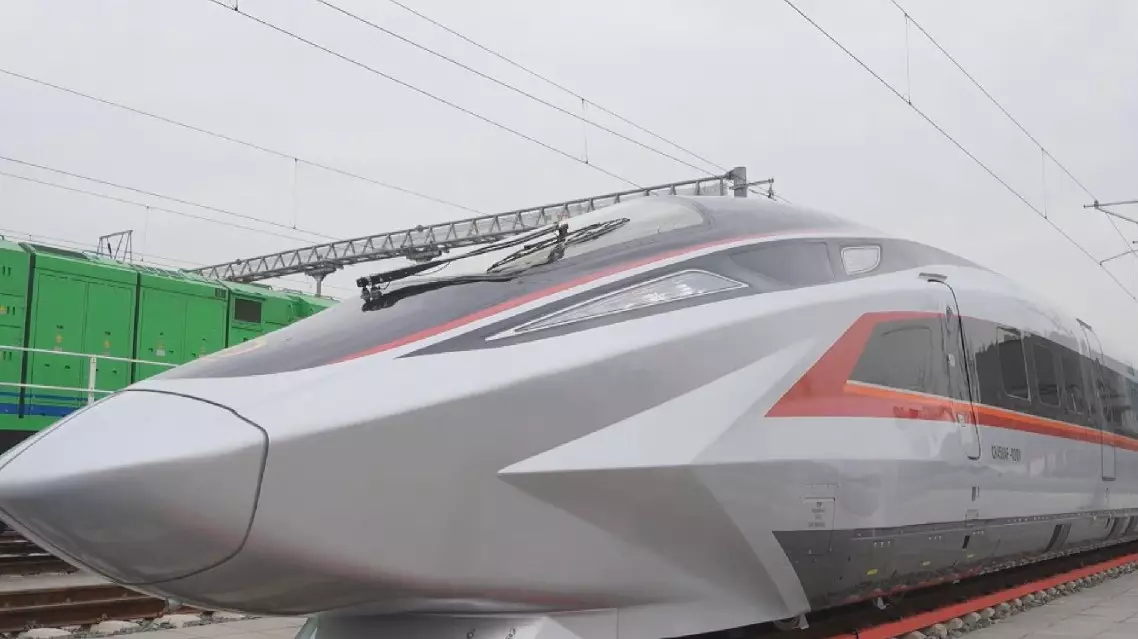
China unveils prototype of world's fastest high-speed train
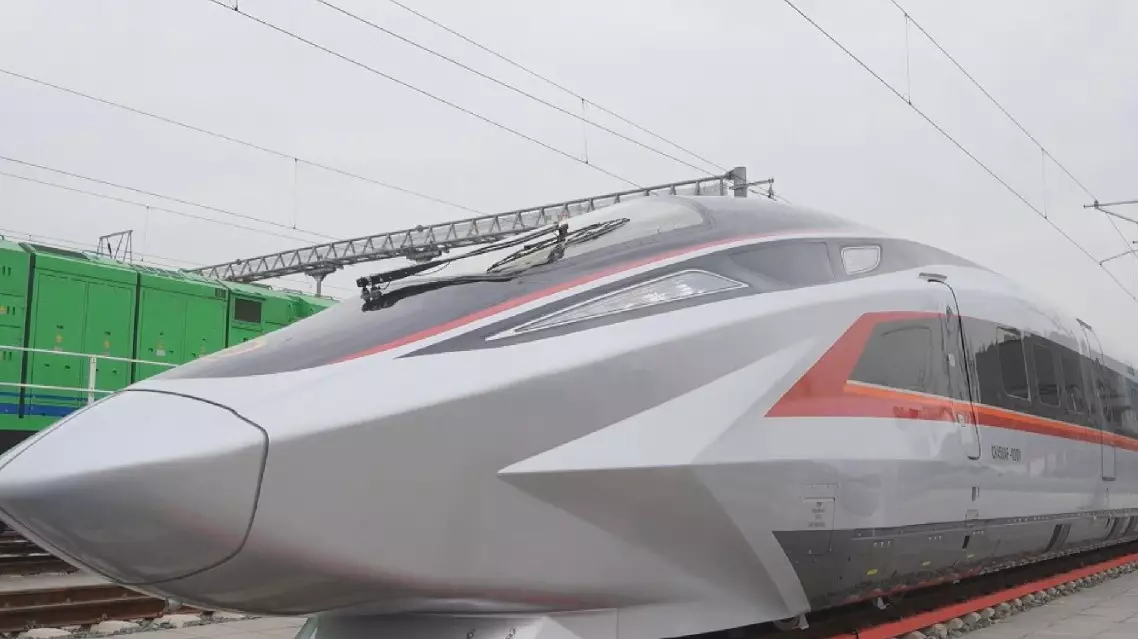
China unveils prototype of world's fastest high-speed train
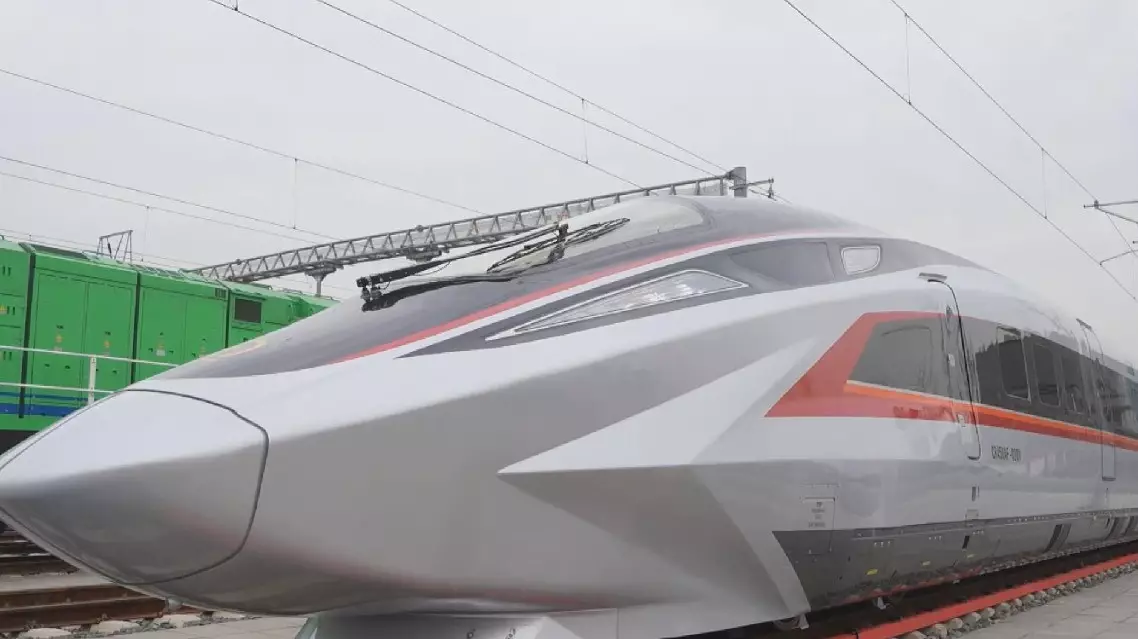
China unveils prototype of world's fastest high-speed train
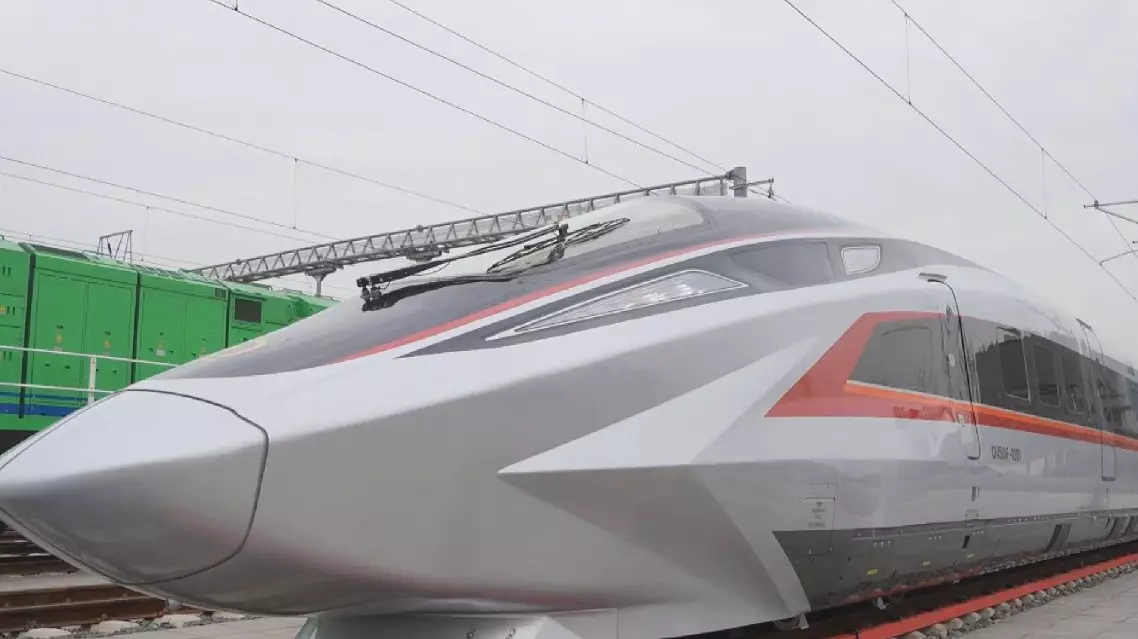
China unveils prototype of world's fastest high-speed train
Hubei released China's first pricing program for medical services with brain-computer interface (BCI) technologies this week, accelerating the cutting-edge sci-tech's pace entering people's livelihood.
The Healthcare Security Administration of Hubei Province set the maximum prices for the implantation and removal of an invasive BCI implant at 6,552 yuan (about 899.7 U.S. dollars) and 3,139 yuan respectively, and the highest price for a non-invasive BCI adaptation service at 966 yuan.
The BCI technologies are bringing revolutionary changes in the treatments of many patients, according to Professor Jiang Xiaobing with the neurosurgery department under the Union Hospital affiliated to the Tongji Medical College of Huazhong University of Science and Technology.
"For patients with hemiplegia, blindness, or aphasia, we can use BCIs to restore some of their physiological functions. And we can also use BCI technologies to treat patients with Parkinson's disease, epilepsy, or Alzheimer's disease. And currently we don't have very effective therapies to cope with these diseases. So BCIs are bringing hopes for these patients," said Jiang.
"The next three to five years are a critical period in our development of BCI technologies. Their applications to the treatments of, say, cancers and paralyses are definitely different, so relevant products have to go through corresponding procedures (before entering the end market)," said Jiang.
In March, the National Healthcare Security Administration (NHSA) released a pricing guideline for neural system care services, specifying BCIs in an independent category.
According to the NHSA, this move aims to boost the clinical application of the cutting-edge technology to benefit patients in need, against the backdrop of BCIs' rapid development in recent years.
The guideline also outlines the pricing of invasive and non-invasive BCIs respectively based on the distinctive features of the two BCI approaches.
The guideline will pave the way for the swift translation of mature BCI technology into clinical use in the future, and offer a compass for localities nationwide to manage relevant medical services, said the NHSA.
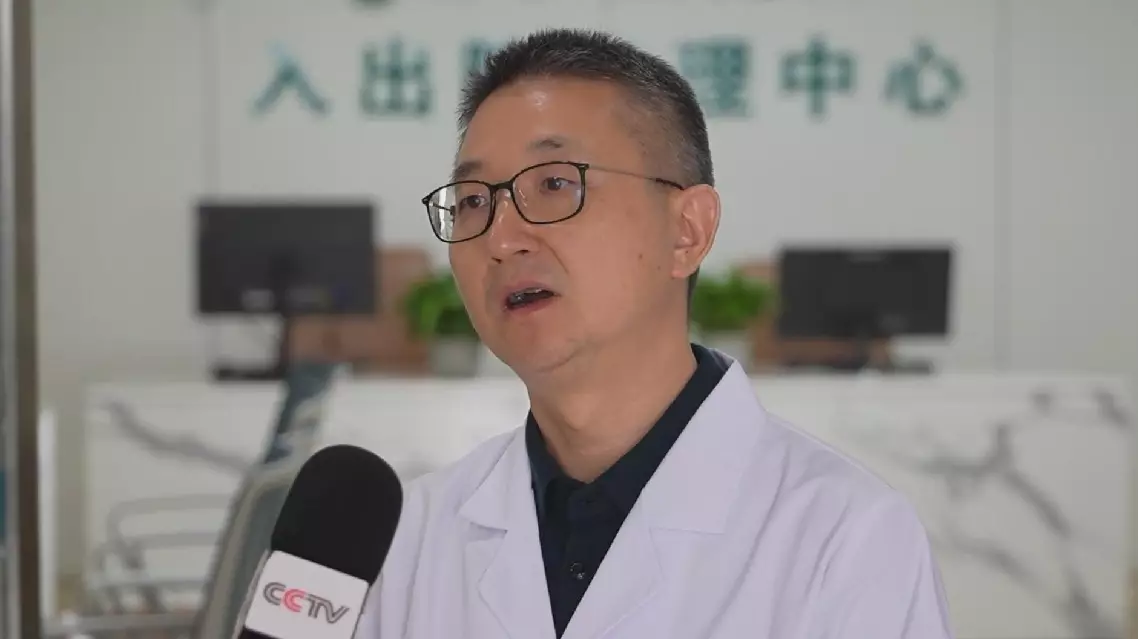
China's first medical service pricing for brain-computer interfaces issued






